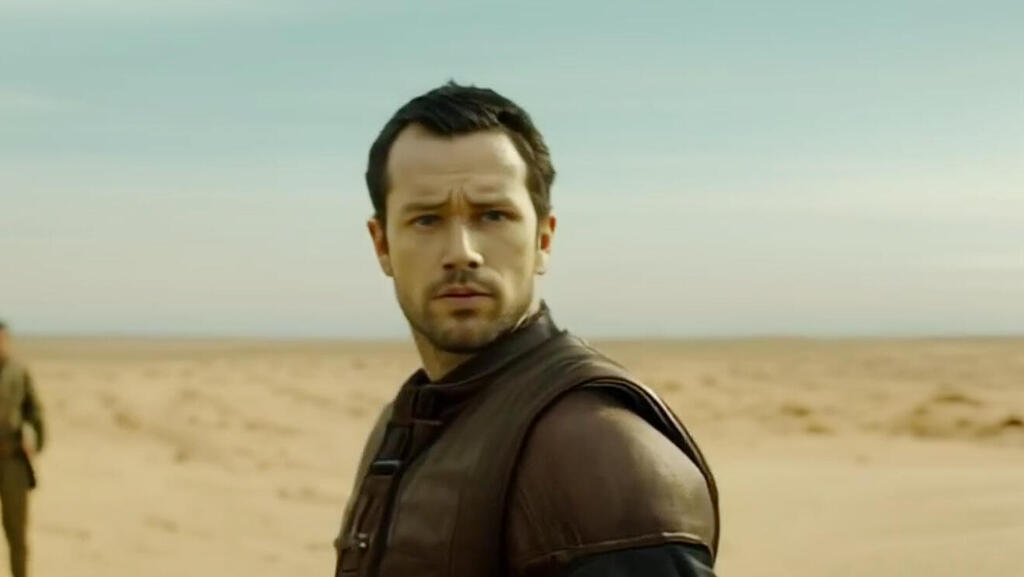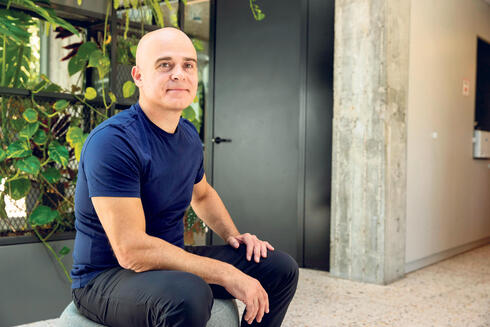
Lightricks aims for its Deepseek moment with open-source AI video model
The Israeli unicorn debuts LTX VIDEO-13B, a low-cost, high-speed generative video tool it hopes can rival OpenAI and Google.
Israeli unicorn Lightricks is making a renewed push to put Israel on the global generative AI map. Best known for its viral image-editing apps and once boasting an annual revenue run rate of over $200 million, the company is now entering the race to build advanced AI video models—technology that can generate high-quality video content from simple text prompts.
The new model, named LTX VIDEO-13B, includes 13 billion open-source parameters and claims to generate high-quality video at a fraction of the cost of competitors like OpenAI’s Sora, Google, and other leaders in the generative video space. According to Lightricks, its model can produce results comparable to top-tier systems while being trained for only tens of millions of dollars. Video rendering using the model costs just a few cents per clip—potentially a major breakthrough for affordability in AI video.
Lightricks says its model is also the only open-source video model released by a Western company, as other open models currently available originate from China. The company hopes that this release will mark its own "Deepseek moment"—a breakthrough that will raise both its profile and Israel's standing in the generative AI landscape.
Although AI video generation is still a smaller market than large language models (LLMs), it is undergoing rapid disruption. Lightricks estimates the commercial potential of this emerging sector at $600 billion, particularly as industries ranging from digital marketing to film production increasingly adopt generative tools. One major shift is the ability to create video ads without physical sets, actors, or expensive post-production.
“Our goal with this release is to drive adoption among academic researchers and startups,” said Shaul Meridor, Lightricks’ CFO. “Yes, we’re competing with the giants, but we’ve proven before that we can build exceptional products. Models matter, but the real impact comes from integrating them into user-friendly tools—and that’s exactly what we’re doing.”
The LTX VIDEO-13B model creates videos through a multistage process. It begins with a rough sketch to identify motion and composition using minimal computational resources. That sketch then forms the foundation for later layers, which add sharper motion and lighting effects—much like progressive stages of an illustration. The system’s rendering speed is reportedly 30 times faster than that of competing models.
Related articles:
To train its model, Lightricks partnered with media giants Shutterstock and Getty Images, gaining access to their extensive content libraries. This release follows the company’s earlier foray into video generation in late 2024, when it launched a product that could create five-second clips.
Founded in 2013, Lightricks was one of Israel’s first unicorns. Despite multiple rounds of layoffs in recent years, it remains a significant player in AI-driven creative tools and currently employs around 500 people.


